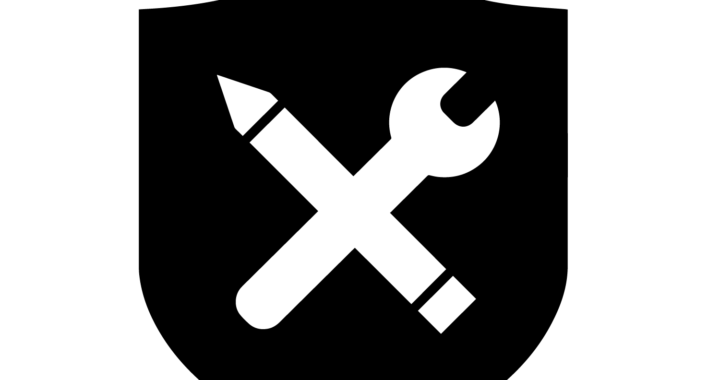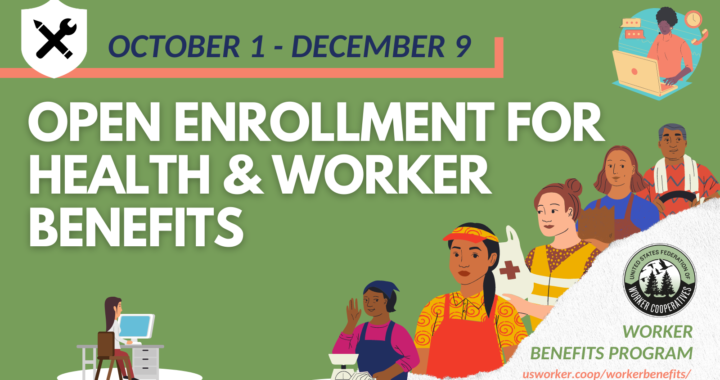The latest COVID-19 stimulus bill (American Rescue Plan), signed by President Joe Biden on Thursday, March 11, has expanded eligibility for premium subsidies for people who receive health insurance through the Affordable Care Act (Obamacare) and COBRA. A premium is the monthly cost you pay to have your insurance plan.
While the USFWC offers several insurance options to our members nationwide with our Worker Benefits Program, our ability to offer good rates for our members on general medical insurance is quite limited. We can help our members find plans, but we typically cannot offer significantly better rates than can be found on the general health insurance marketplace.
We are heartened by the fact that the American Rescue Plan will expand subsidies for individuals; this may expand access to healthcare for many of the small business worker-owners in our membership. Many businesses and worker-owners may now find that it is more advantageous to have individual plans instead of group plans.
At the USFWC we are happy to be able to offer our members support in accessing various types of insurance and healthcare. And we also believe that healthcare is a human right, that workers’ access to healthcare should not be dependent on their jobs, and free, quality healthcare should be available to all people. That’s why we offer these benefits while also supporting Medicare for All.
If you receive health insurance through the ACA, or are considering it, here are 4 important details to know:
1. There is currently a Special Enrollment Period for the Affordable Care Act.
Anyone who is currently uninsured or wants to change their insurance can do so through the Affordable Care Act from now until August 15. Usually, you can only enroll at the end of the year, so if you missed the chance at the end of 2020 or you want to change your plan, now is the time! To find out how to get started or change your plan in your state, go to Healthcare.gov
2. The stimulus eliminates most ACA premiums for people who make up to 150% of the federal poverty level.
If you are on an ACA plan and your income is below $19,320 as an individual or $39,750 for a family of four, you will no longer be expected to pay towards your monthly health insurance premium. You can enroll or upgrade to a silver ACA plan and expect to pay $0 for coverage.
3. The stimulus increases ACA subsidies for just about everyone — even if you didn’t get a subsidy before.
Previously you could only get premium subsidies if you earned up to 400% of the federal poverty level, no matter how expensive your ACA plan is. Under the new rules, you likely won’t have to spend more than 8.5% of your income on health insurance through the Affordable Care Act. There are some exceptions if you live in a region with less expensive health insurance.
If you already received a subsidy, it will likely increase!
To see your new or increased subsidy go into effect May 1, you MUST go through the steps at healthcare.gov or your state exchange to update your plan. If you do not, the increased subsidy will be reconciled with your 2021 tax returns.
You can get an idea of your new subsidy at the calculator here from KFF.
4. Unemployed people have expanded access to health insurance at low or no cost.
For people currently eligible for unemployment insurance, you will be able to access health insurance through the affordable care act at rates similar to those making under 150% of the federal poverty level. For people currently getting health insurance through COBRA (extending previous employer coverage), the stimulus bill will cover your COBRA premiums for up to six months.
These policies will be made effective retroactive to January 1, and they extend through 2022.
Sources:
NY Times
LA Times
Health Affairs
Healthcare.gov


